In Australia, helmets are a hot topic of discussion. You’re legally required to wear one whenever you swing a leg over a bike, and it must be AS/NZS 2063:2008 approved.
Achieving this certification is difficult, and often times brands are sent back to the drawing board trying to figure out how to pass this perplexing standard. But that little red (or white) sticker is required in every helmet bought in Australia, whether it be Giro’s new top of the range Synth, or a Spiderman lid from Kmart.
Unfortunately, achieving the AS/NZS 2063:2008 standard usually causes delays on when you can buy that new super light aero helmet or enduro lid, as most need to undergo redesigns to be certified. Worse, the result is usually a heavier and more expensive lid than what the pros – and everyone else in the world – get to wear.
In turn, many scoff at the sentiment of paying more to buy a heavier helmet (this writer included), especially due to CE and CSPC helmets being readily available through overseas online retailers. We have heard excuses ranging from, "If it’s good enough for World Tour riders it’s good enough for me," or "I don’t race, so I don't need an AS/NZS approved helmet."
While wearing an overseas-approved helmet may seem harmless, there's a range of possible implications to doing so. Let’s take a look at what these are.
Do I need to wear an Australian standards helmet?
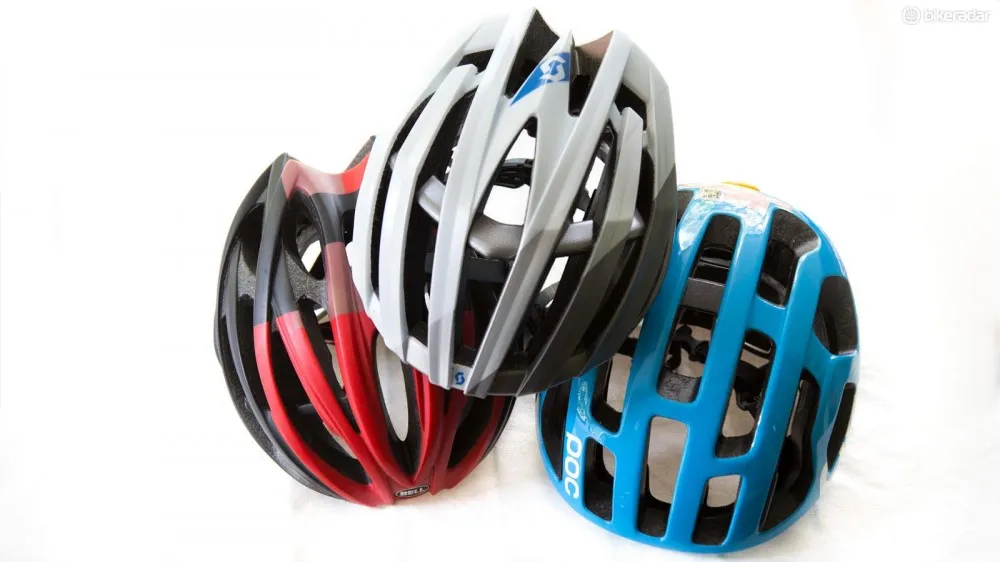
The short answer is yes. A representative from the Victoria Police (VPD) tells BikeRadar: “The legislation is quite clear. If someone is riding a bicycle in Victoria, they need to be wearing a helmet that complies with the Australian standards. If they’re not wearing a helmet that complies with these standards, then they can be fined in relation to it.”
“If it (the helmet) doesn't carry identifying marks for accreditation for the Australian/New Zealand standard, then basically we have to assume that the helmet does not comply with the standards set out for the helmet, and therefore the person is taken to not be wearing a helmet at all," the spokesperson goes on. "If they are not wearing an approved helmet, they can be issued a fine – $190 in Victoria”
While the dollar amounts differ state to state, when asked the same question the New South Wales Police issue a similar sentiment.
“Riders have to wear Australia/New Zealand standard helmets because they are using Australian roads and are governed by Australian laws. Police are concerned with the safety of all riders on NSW roads and legislation, which is enforced by NSW Police, specifically mandates that all helmets must be approved AUS/NZ standard helmets,” says an NSW Police spokesperson.
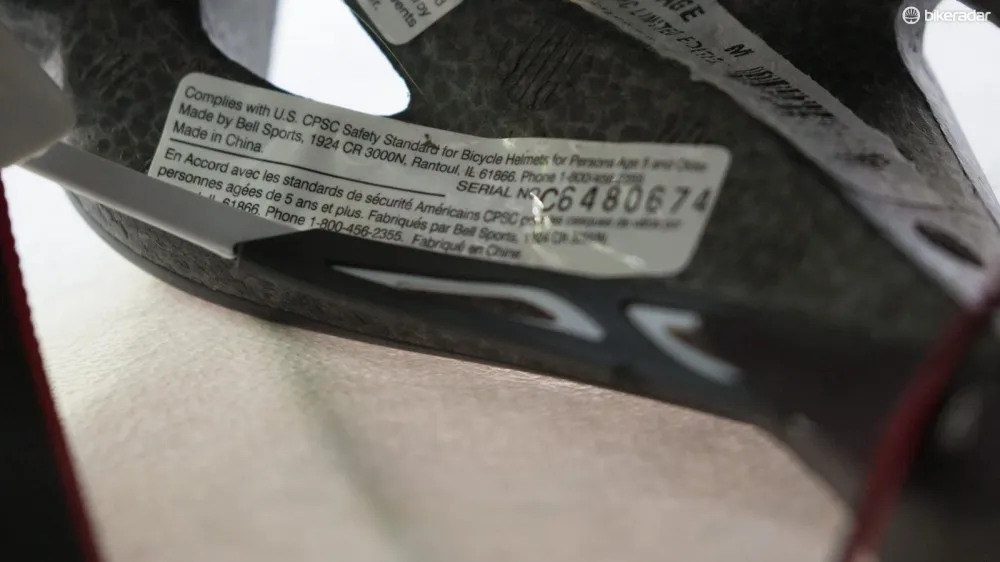
To reiterate, essentially in Australia if you’re wearing a CSPC or CE standard helmet, in the eyes of the law you are deemed to not be wearing one at all, and can be fined as such.
While it will leave a dent in your wallet, a fine isn't the worst thing that can happen, especially if you're in an accident and wearing a helmet deemed safe to use in the US and Europe, but not in Australia.
"An insurance agent could reject your claim for insurance issues, because of contributory negligence," Peter Bourke from Bicycle Industry Australia explains. "Basically under the eyes of the law you are riding illegally. Under the eyes of insurance, you are riding illegally and you could void your insurance. In reality that’s the crux of it.”
At face value it seems pretty set in stone, if you're not wearing a properly certified helmet in Australia, you can not only be fined for doing so, but potentially (though it seems such cases are rare) have a insurance compensation claim rejected.
However this is where things begin to get confusing. “I also know that [racing] bodies like CA [Cycling Australia] and MTBA [Mountain Bike Australia] have looked into the issue with their insurers, and have advised members that road rules demand an Australian Standard helmet while on the road," Ray Rice, the CEO of Bicycle NSW tells BikeRadar via email.
"Note that the definition of 'public road' is quite wide, and would include fire trails etc in National Parks (they just have restricted access)," he adds. "[Yet] helmets approved to a number of standards (European, UK and so on) do not invalidate their insurance.”
When we put this question Cycling Australia, the organisation declines to either confirm or deny this claim.
What about visiting riders?

Every January the eyes of the cycling world are glued to Australia for the Tour Down Under. With an influx of foreign riders, both pros and tourists alike, it's a safe bet none of them will be wearing a helmet that features the all-important AS/NZS 2063:2008 sticker.
Though it would seem that all of these riders are in violation of the law, the TDU and similar events have the necessary permits to close the roads they’re using – which also allows riders to use non-approved helmets.
VCPD's spokesperson points our attention to the the Road Safety Act of 1986 and explains, “When a road is closed it is no longer a road, or road-related area. Therefore the road rules do not apply, and enforcement is not possible.”
As Bourke points out, if a pro is here for the TDU and goes for a training ride, they need to wear a helmet that meets Australian standards. While they’re racing though they can wear whatever they want.
And for the tourist, the NSW Police, Victoria Police and Transport Queensland confirm you’ll have to buy a helmet when you get here, because your CE or CSPC helmet is not legal to use in Australia.
Understanding the law
In our conversations with those making and enforcing the helmet laws in Australia, a worrying trend becomes clear. The powers that be know what the law says, but they don’t why it’s in place; the biggest problem being, those making the law don’t understand the difference between an AS/NZS 2063:2008 helmet and a CE or CSPC helmet is.
“Australian Standard helmets are manufactured to meet conditions specific to the Australian environment; for example, exposure to high levels of UV,” acting general manager of the Centre for Road Safety Bernard Carlon, speaking on behalf of Transport NSW, tells BikeRadar.
While EPS foam is subject to some UV degradation, UV-resistant foam has been used in the industry for years and is not even a part of the AS/NZS 2063:2008 certification process.
Paul Roberts, the product certification manager at BSI Group, one of the certification bodies that conducts the testing process for the AS/NZS 2063:2008 certification, tells BikeRadar in an email: “The characteristics of the materials used in the manufacture of protective helmets should be known to remain appreciably stable under the influence of ageing, or the circumstances of use to which the helmet is normally subjected, such as exposure to sunlight, extremes of temperature and rain. Ultraviolet inhibitors should be used where necessary.
"The above is only informative and is not mandatory; there is no specific test in the standard for 'UV degradation,' or UV ‘testing’."
The actual key differences of an AS/NZS 2063:2008 standard helmet come as a result of two unique tests in the Australian standards protocol, the dynamic retention test and the load distribution test.
The dynamic retention test subjects the helmet’s straps to a sudden downward force. “For many international helmet models, this leads to failure at the buckle, the straps or the straps’ attachment point within the helmet shell,” Rob Wesson, Giro’s head of research and development told BikeRadar when the Synthe launched in Australia.
This is why most AS/NZS 2063:2008 versions of helmets feature heavier duty straps, unique strap attachment points and reinforced buckles.
The load distribution test takes the straps’ attachment on the shell, and impacts the area with a 1cm anvil to demonstrate how a helmet handles a direct and particular hit (like one from a curb), to an area that often requires reinforcements because of the previous test.
Those making the law seem to be under the impression that Australian standards helmets are made to withstand ‘exposure to high levels of UV,’ when in fact, this has nothing to do with it.
Helmet cameras and lights
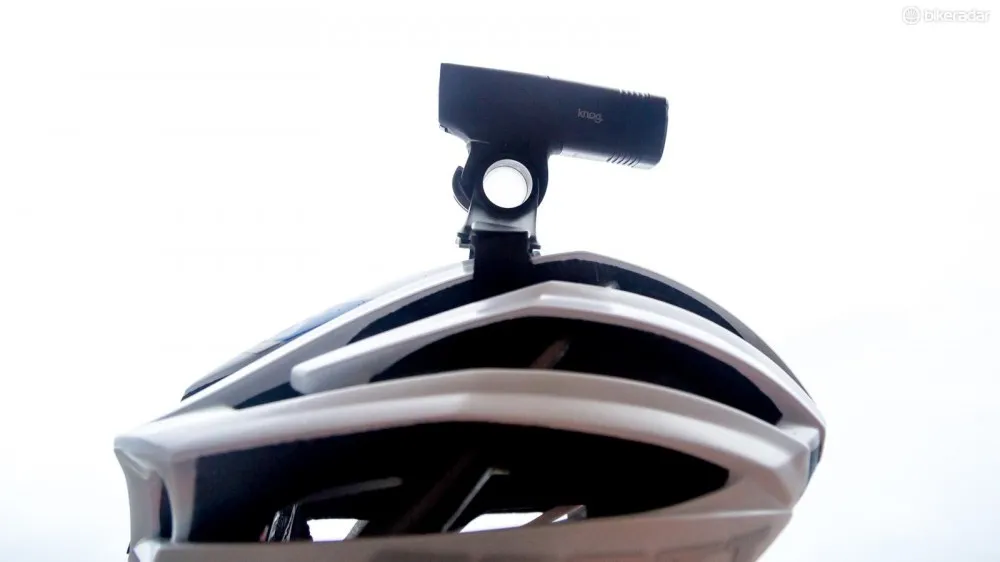
It seems these days everyone and their dog has a GoPro and a corresponding edit. The problem is, depending on what state you live in, you could actually be breaking the law by using it.
In a recent court decision, a Victorian magistrate decided to uphold a fine for a motorcycle rider cited for attaching an action camera to his helmet. While this court ruling deals with motorcycle helmet standards, which differ from the bicycle helmet standard, it sets a legal precedent.
In Victoria and New South Wales, the law says any attachment that protrudes more than 5mm is seen as voiding the helmet’s adherence to the Australian standards, effectively making any helmet camera illegal in these states.
There's also an argument that because the adhesive mount and camera are not a part of the original testing, they nullify the certification when used on a helmet — despite the fact they're designed to break away in an impact.
In Queensland and Western Australia, however, helmet cameras are encouraged, and motorcycle police are even being issued helmet cameras to record traffic stops in place of a dash cam.
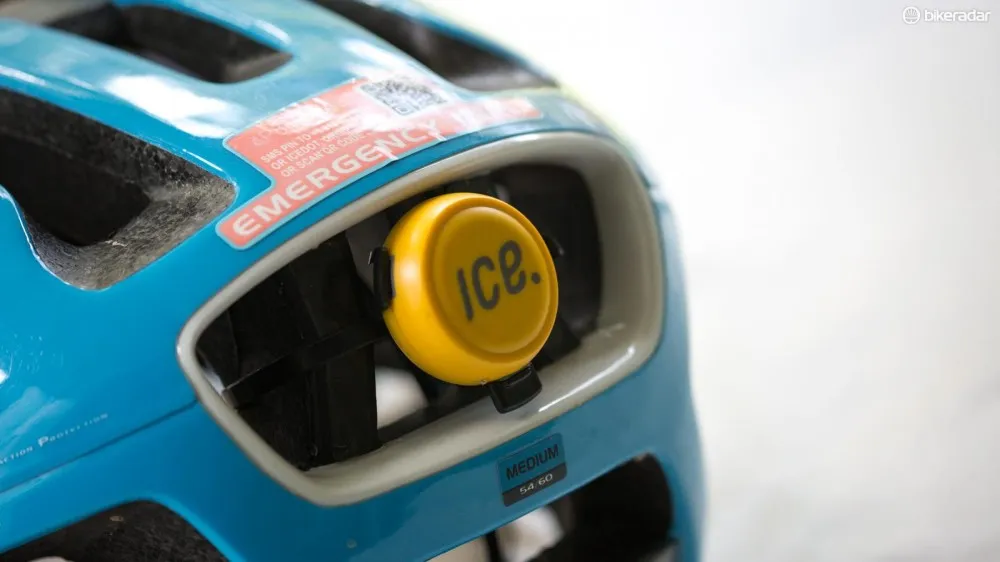
What's worse, this ruling could also be applied to helmet-mounted lights.
“Riders are required to wear an approved/compliant helmet at all times while using their bicycle. Modifying a helmet has the potential to void its compliance with Australia and New Zealand standards, leading to an offence being committed,” says a Victoria Police spokesman. “The same would also apply for helmet-mounted lights.
“If someone has concerns about whether the fitting of a device to a helmet complies with the current standards, they should speak to the manufacturer of the helmet,” he adds.
By our measurement, an ICEdot, something that may well save your life, measures 20mm. What about the zip ties some put on their helmets to deter magpie attacks? They measure a great deal more than 5mm; does that nullify their helmets compliance with Australian standard?
'If it’s good enough for a WorldTour rider, it’s good enough for me'
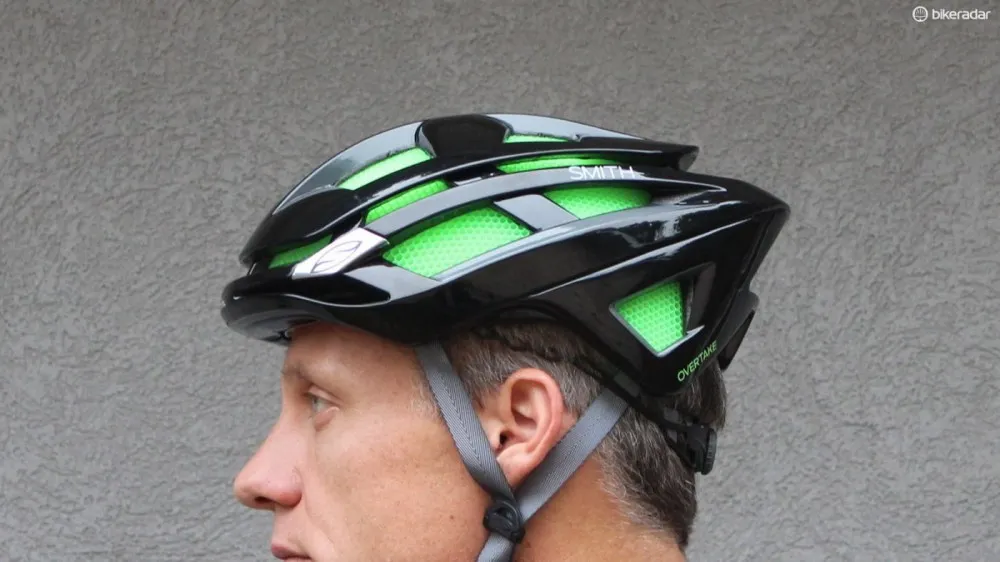
One of the most exciting parts of being a cycling fan, especially a gear-head, is knowing that every single piece of gear your idols are using is available at your local bike shop. This means if you have the money, you can ride the exact same bike as Taylor Phinney, the same groupset as Chris Froome, and according to his website, you can even buy a pair of custom carbon shoes from Adam Hansen (only they’re ‘sold out’, damn).
While this UCI rule is common knowledge to any semi-serious cyclist, the general public thinks cycling is like motorsport; where pro competitors are using equipment the public will never see nor be able to afford.
“I would assume their helmets would meet a higher quality of control than the helmets that meet the minimum standard we have; I would think they meet a higher standard,” says a Victoria Police spokesperson. “I'm not up with the testing process and everything; I just know that they have to meet a minimum standard that Australia and New Zealand has set. The standard of a helmet for a pro cycling team I would assume meets a higher standard.”
For those keeping score at home, teams outside of Australia provide their riders with CE or CSPC helmets, which in their CE and CSPC certified form would not pass the AS/NZS 2063 standard. And it’s a safe bet that any pro cyclist, World Tour or not, has and will crash harder than any Joe Schmo cafe racer. Not only are pro riders crashing more, they are also doing so at higher speed.
Yet the Australian government has deemed the helmet a pro rider rides (and crashes) at 100kph isn't good enough for someone riding down the beach, or on a weekend cafe ride that tops out at 50kph.
No one we speak to for this article can give us a reason as to why an Australian standard helmet is needed to ride in Australia other than "it’s what the law says".
Brad Waldron from Kali Protectives, a brand known for putting safety first in their helmet designs, tells BikeRadar via email that “AUS/NZ tests the retention system after the helmet has seen four impacts. So the person testing the helmet attacks the retention system to weaken it.
“What is the likelihood of you having an accident that impacts your helmet so severely that it damages the helmet in four separate locations all focused on the retention systems? Not likely!" Waldron goes on. "I am sure even the framers of the standard would agree with that, but then again they might say, 'Why not test to beyond reality, if it makes it safer?'.”
Unfortunately for Australians this means an inferior product is sometimes being put to market. “With the way the (POC) Octal is actually designed, instead of having a hard foam it has a softer foam, so basically the idea is it’s meant to act like the crumple zone in a car," says Nick Daly the POC brand manager from Snow Sports International. "So the foam pushes in instead of cracking because of the force, and absorbs more of the impact.
“The way the test is designed, the helmet just couldn't handle the testing and there was too much movement in it. So for the standards they had to change it, make it a little bit heavier and use a thicker foam, which actually reduces the good benefits of the helmet because you’re putting more strain on the neck.”
Final thoughts
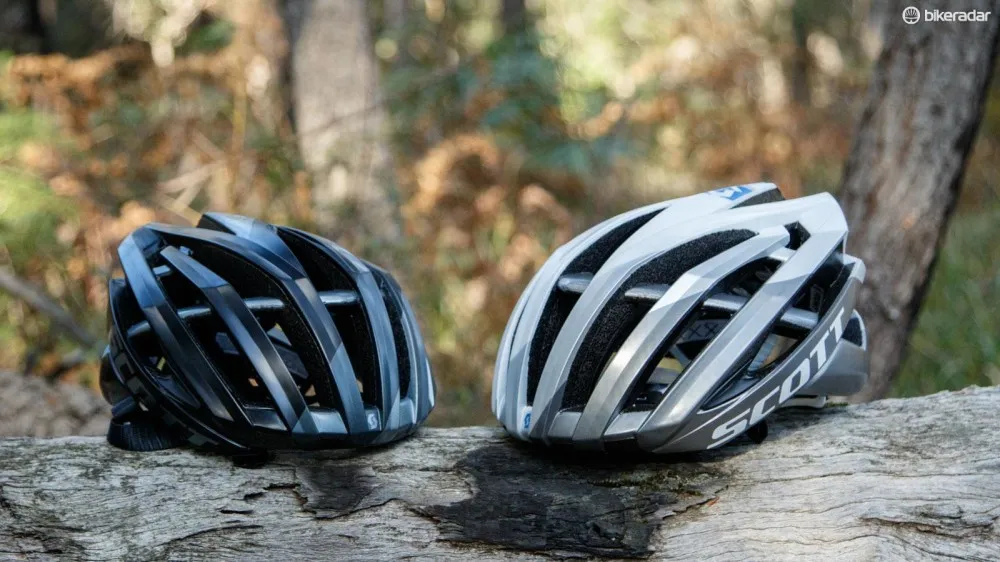
The mandatory helmet laws are a hot topic of debate. Last year Bike Snob NYC called the helmet laws ‘draconian,’ and we would agree. To our knowledge Australia is the only country in the world that has its own specific helmet standard, despite the small population.
Even more recently, in a move that was received with mixed reviews from the Australian cycling community, NSW transport minister Duncan Gay passed a trial legislation of the 'metre matters' law for motorists overtaking cyclists, also requiring cyclists to carry a photo ID and imposing a 350% increase in fines for cyclists in the state caught breaking road rules.
There are many voices in the bike industry that are calling for the law to be updated, and follow what New Zealand has done, allowing any certified helmet to be used, while still requiring one to be worn.
The good news is that a review has just started on the topic, and we are hoping the outcome will bring the Australian standard more inline with the CE or CSPC standard (although word on the street has it that it could actually get tougher).
That said, when in Australia, we DO NOT condone riding in a non-Australian approved helmet as it’s illegal to do so – even if it seems silly.
What do you think about the Australian helmet standards? What do you hope comes out of the review which is now under way? Let us know in the comments below.